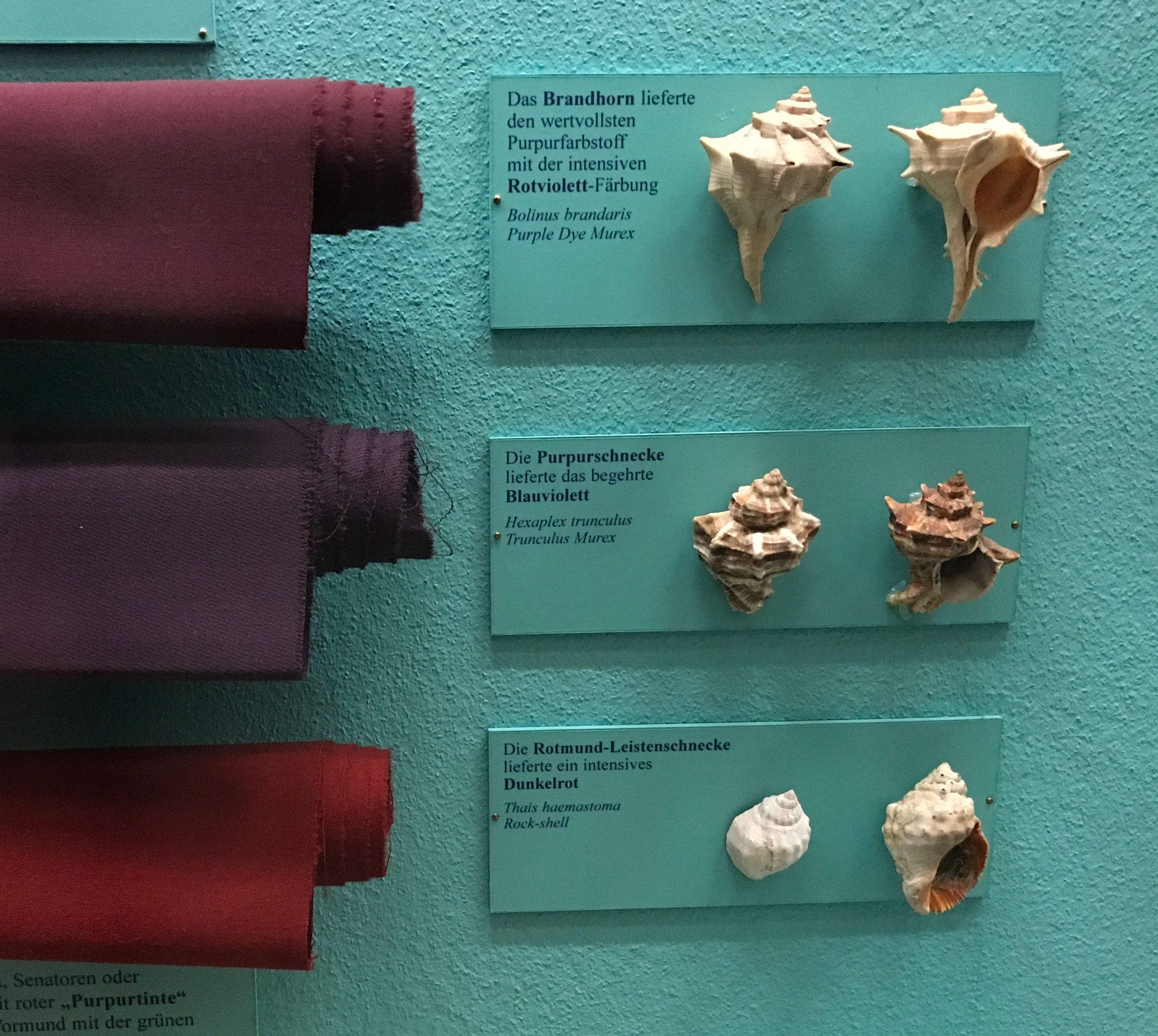Ancient scripts
Phoenician script – The Next Revolution
The Phoenician alphabet is the basis for the modern alphabet in most of the world’s languages.
What is the source of the Phoenician script? Who are the Phoenicians? What is the Paleo Hebrew script? Lots of interesting questions…
The Proto – Canaanite Alphabet – Those were the days…
Rumors arriving from the future, say that parents 3200 years ahead, buy their children preparation booklets for first grade, to prepare them for literacy in school. How ridiculous!
The Canaanite parents – they did not purchase first grade preparation booklets for their children. They did not have to. The learning process of writing was so easy. They wrote in proto-Canaanite letters consisting of paintings. People could understand what is written, naturally.*
* There are no sources I rely on, saying that the craft of writing was common among children. But there is a theory saying that writing spread by itself without teachers or teaching aids.
The Canaanite script
Each word was composed of several drawings. Each drawing represented only the first sound of the word.
If the Canaanites wanted to write the word ABBA, first they will draw a bull (Alf in Canaanite language). The drawing of the Alf (bull) is related only to the sound “A” and not related to the meaning of the painting. A drawing of a building (Bat in Canaanite) gives us the sound B. The word ABBA consists of the drawings: Alf, Building, Building, Alf.

The Proto-Canaanite alphabet, at the beginning of its path, was used for religious purposes, for the connection between man and his God. Later on, in 1200 BC, the Canaanite script had several other uses:
Merchants wrote to each other letters; administrative staff wrote documents for administrative purposes.


Why had the Proto-Canaanite script changed?
Why do we use letters that need to be learned to read?
In this matter, I will blame the Phoenicians.
They were such a successful and an extraordinary people, with a high self-esteem, that it, surely, does not bother them that I blame them.
Who were the Phoenicians?
The Phoenicians were inhabitants of Canaan.
The reputation of the Phoenicians as sailors and shipbuilders was known in all Eastern and Mediterranean cultures. Their high navigation capabilities and engineering genius were kept secret.

The Phoenicians were experts in producing the color crimson (purple-red) from marine snails. In the ancient world, the color crimson had great significance, it symbolized authority, status and majesty. Kings and rulers used to wear crimson clothes that were luxury clothes. The Phoenicians developed an extensive industry of weaving and dyeing crimson fabrics, in which they traded with the peoples around them.

The Phoenicians were a first-class artisan, merchants, who sold high-end luxury products.
A rich man wanted a colorful vase for the living room – they invented the glass.
A nobleman wanted a robe made of a luxurious crimson fabric – they produced the color crimson from nautical halos and dyed a high-quality fabric with it.
A king wanted quality wooden beams, made of cedar from Lebanon, to build the Temple in Jerusalem -Who he’s gonna call? Phoe…nicians.

Once upon , 3200 years ago, a Phoenician merchant and his assistant stood in the port of Sidon, and began to count and register the goods, before loading them onto the Phoenician ship on its way to Greece.
Alef: The ship leaves for Greece at sunrise, we don’t have much time to do an inventory count for the goods. We should start. So write: 100 rolls of crimson fabric, 50 gold earrings …
B: Wait … wait … the ear of the letter Alf (bull), did not turned out so well. I’ll rewrite it. I think I will add a strip with a bell. I’m thinking of coming next time with a palette of colors …
Alef: On the contrary. Remove as many details from the signs as possible. You see, your drawings waste a lot of precious time, papyrus and ink. I suggest you draw the signs in general lines. Just so we understand what is written.
B: Okay I got it. I will still give the signs a wild and picturesque look. I want us to enjoy reading later what we wrote.
Alef: On the contrary. I want the signs to be the same size. net. No mess.
B: But in this way, you’re leaving me no room to express myself.
Alef: Exactly.
B: Okay I got it. So, give me some time to work on the background. It looks too raw.
Alef: (red with rage) Write what I said: “100 rolls of crimson cloth.” Now! come on, come on, come on!
B: Chill man! What a stress. I am writing … I am writing…
The trio: money, time and efficiency charged the price. Writing has become abstract for good.
The Phoenician script
The Phoenicians developed the Proto-Canaanite Alphabet, adapted it to their needs and created a new script. The Phoenician alphabet became less figurative, more abstract, and faster to write.

The Greek script – the next stage in alphabet evolution
The Greeks, who traded with the Phoenicians, loved the new graphic alphabet and adopted it.
A few hundred years later, they will make small changes, modify the Phoenician Alphabet and adapt it to their needs.
Later, the Greek alphabet will be the basis from which the Latin and Cyrillic alphabets will develop.
Paleo-Hebrew alphabet
“Paleo-Hebrew alphabet” is the modern term, used for the Phoenician alphabet, when used to write Hebrew, or when found in the context of the ancient Israelite kingdoms. This script was used in the kingdoms of Israel and Judah as well as throughout Canaan more generally.

Pictured above, incarnations of the letter “Alef” in Canaanite – Phoenician – Greek – Latin scripts.
The Phoenicians are among the most influential peoples in history, as the alphabet that they used, is the basis for the modern alphabet in most of the world’s languages.

